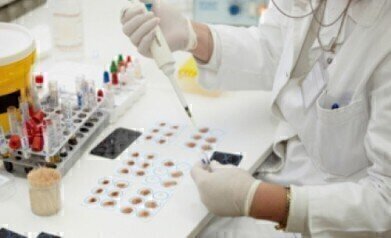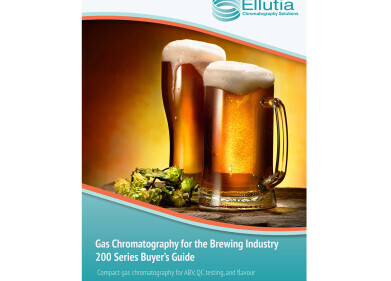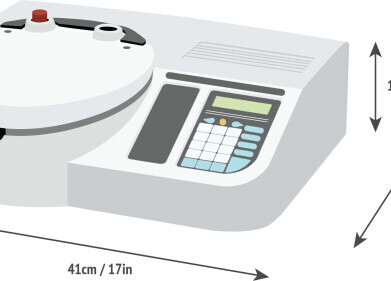Chromatography
Is a Compound a Pure Substance?
Jun 28 2014
In a scientific context, “pure” denotes a single type of material. Ostensibly, compounds contain more than one type of material. Yet both compounds and elements are considered pure substances. Pure compounds are created when elements combine permanently, forming one substance. For example, when the elements mercury and oxygen combine, and a chemical reaction takes place, mercury (II) oxide is created. Once mercury (II) oxide has been created, it is not possible to separate the mercury and oxygen used in its creation from one another.
Mixtures, on the other hand, are considered impure substances. A mixture is created when substances combine but no chemical reaction occurs. In general, a mixture can be separated into its original components, while a pure compound cannot.
Of course, there are a handful of exceptions to the definition above. Silicate minerals, for example, don’t reveal chemically bonded formulas. Subsequently, silicate minerals are known as “non-stoichiometric compounds”. These non-stoichiometric compounds form the earth’s crust.
How do pure compounds, mixtures and elements differ?
Pure compounds and elements differ from mixtures in one key way: the substances in a pure compound are held together by chemical bonds. These chemical bonds cannot be broken. Since they contain a single substance only, elements cannot be decomposed by ordinary chemical methods, such as the application of heat, either.
A mixture may contain a number of pure compounds, which can be separated from one another using ordinary chemical methods. The article From Crude Mixture to Pure Compound – Automatic Purification Made Easy discusses the process of purification in more detail.
How are pure compounds formed?
Chemical compounds are pure substances which contain two or more chemical elements. Chemical compounds exhibit a unique structure; they are held together in a specific pattern by chemical bonds. Different types of chemical bonds include ionic bonds (which are found in salts), metallic bonds (which are found in metals), and covalent bonds (which are found in molecular compounds).
Chemical bonds are created and destroyed during chemical reactions. When reactive elements come into contact with one another, they combine – sometimes in a rather dramatic fashion – to form a compound. During a chemical reaction, two or more chemical molecules interact and change. Take a steel garbage can, for instance: when the iron in the garbage can interacts with the oxygen in the atmosphere, a chemical reaction occurs and the substance we call “rust” is created.
In the context of a chemical reaction, the process begins with the reactants and concludes with the products (often new chemical compounds). Decomposition, acid-base and synthesis are three examples of different types of chemical reaction.
Digital Edition
Lab Asia Dec 2025
December 2025
Chromatography Articles- Cutting-edge sample preparation tools help laboratories to stay ahead of the curveMass Spectrometry & Spectroscopy Articles- Unlocking the complexity of metabolomics: Pushi...
View all digital editions
Events
Jan 21 2026 Tokyo, Japan
Jan 28 2026 Tokyo, Japan
Jan 29 2026 New Delhi, India
Feb 07 2026 Boston, MA, USA
Asia Pharma Expo/Asia Lab Expo
Feb 12 2026 Dhaka, Bangladesh



















